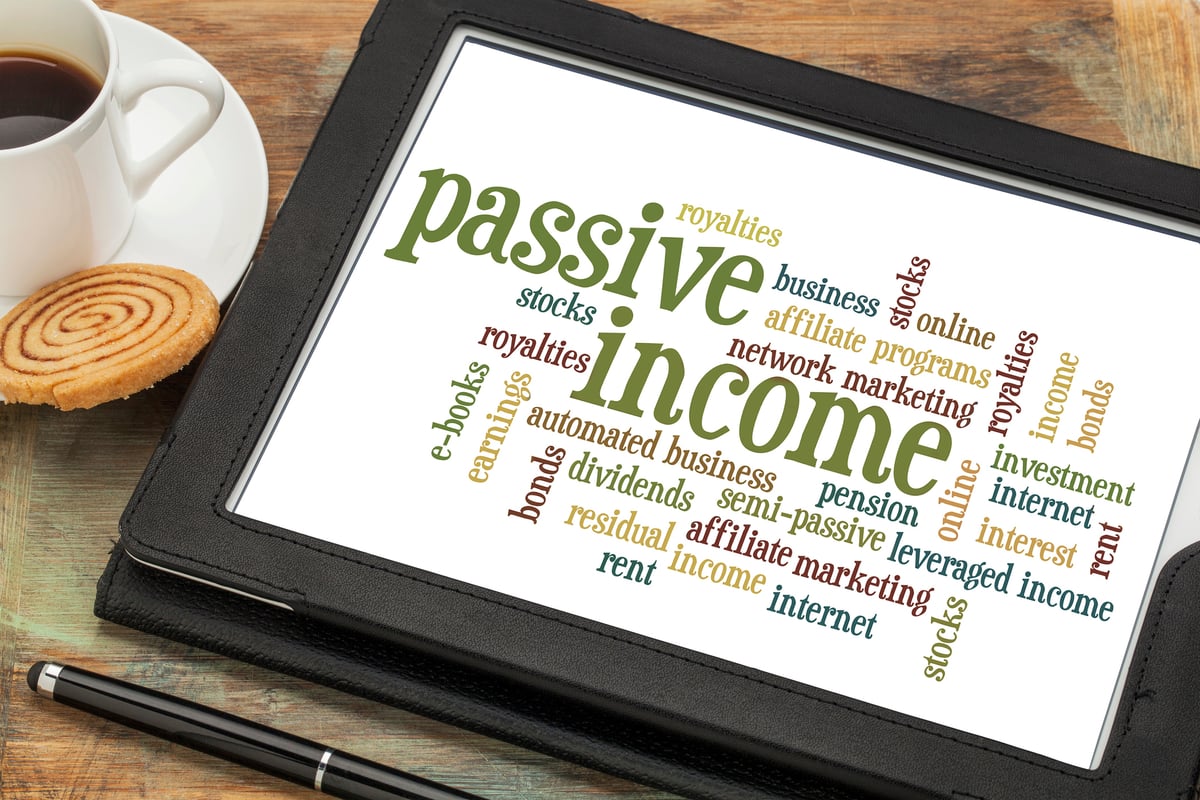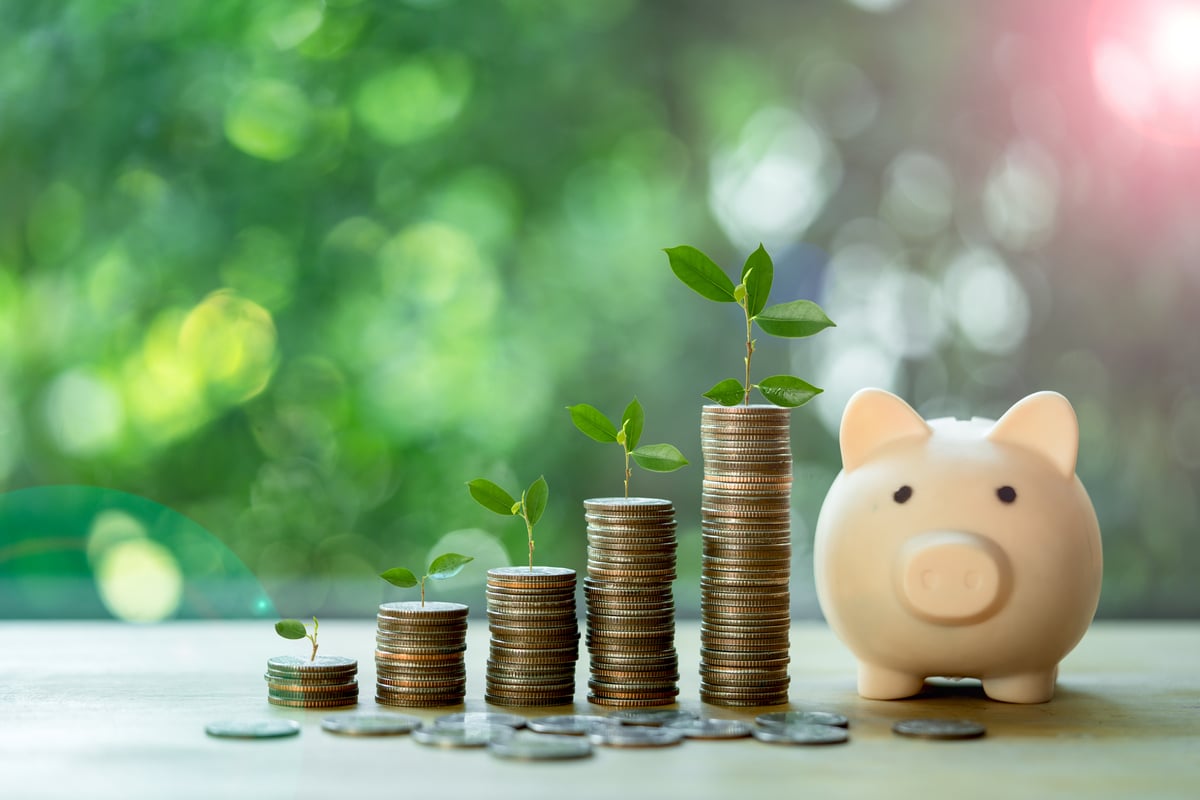After bumping up against its all-time high in August, the stock of Clorox (CLX 0.64%) lost over 10% of its value. Year to date, shares are down more than 3%, meaning an investment here has mostly gone sideways in 2019, a time when the S&P 500 has gained over 25%.
Clorox's dividend of $4.24 per share is currently yielding almost 2.9% annually. Despite an impressive record of payouts to shareholders, is the company best known for its chlorine bleach still a great dividend stock?

Image source: Getty Images.
A track record to run on
Any look at whether Clorox should be considered a dividend investment should start with its record. As noted, its history is formidable, with over 50 straight years of payouts and consecutive annual increases since 1977, making it a Dividend Aristocrat, or a company that's hiked its payout annually for 25 years or more.
Yet you can't rely upon history alone, because plenty of companies with storied histories of dividend payments have cut or suspended their payouts, including Citigroup, General Electric, and General Motors.
Still, even with a somewhat elevated payout ratio of 62%, Clorox's dividend appears safe. With many companies, it's easy to wonder how a business will be able to continue paying dividends in the event of a market downturn or recession. Clorox provides peace of mind because its business still thrives in hard times.
In fits and starts
Beyond its bleach, Clorox has a portfolio of well-known consumer products that hold the No. 1 or No. 2 share positions in their respective markets. These include cleaning agents like Pine-Sol and Formula 409, as well as Brita water filters and Kingsford charcoal. Clorox generates 80% of its revenue from its market-leading products.
Even so, it hasn't wowed investors with its performance for two years now. Where it looked like it may have resolved its issues earlier in 2019, and it raised its dividend 10%, the past few quarters were disappointing once again as organic sales have fallen below expectations. After a recent investor day presentation, Clorox lowered its earnings expectations for the year.
So when its performance is compared with rivals like Procter & Gamble (PG +0.37%), which is delivering strong results, it's understandable why investors may be worried.
And now management has a new program to turn the business around, called the IGNITE Strategy, which supplements a product-focused outlook with one centered on social issues, including the environment. The guiding principle, CEO Benno Dorer says, will be "Innovating for Good Growth."
At least management compensation is being tied to achieving these new goals.
Fueling growth in prosaic plans
Part of Clorox's problem has been its reliance on higher pricing at a time when lower-cost private label goods are becoming more important to retailers.
Private label sales are growing four times faster than national brands, according to Coresight Research, and it's a trend not likely to abate anytime soon. Retailers have sharpened their elbows to gain an edge against their competitors in the race for consumer dollars, and they've found that private label products give them an advantage. But it's coming at the expense of national consumer product companies, like Clorox.
That suggests Clorox's campaign of feel-good consumerism may not pay off as expected. While Dorer refers to "creating fuel" to reinvest in the business, there's no guarantee consumers will respond to its latest strategy any more than they did to the last one.
Is it worth the cost?
Clorox stock trades at every bit of a premium as do its name-brand products. Shares go for 23 times estimated earnings, the same as Procter & Gamble, even though the latter has been having much better success.
Analysts also think Clorox will grow earnings over the next five years at half the rate it did during the last five. The consumer products specialist also goes for 67 times the free cash flow it produces.
That makes it seem expensive, and while an income investor might be tempted to buy in for the payout and await the turnaround, it may be smart to wait to see whether Clorox can actually ignite any growth in sales before buying in. It may survive any rough economic times, but at these lofty valuations, and despite the stock's pullback, there may be better prices to be had in the quarters to come.







